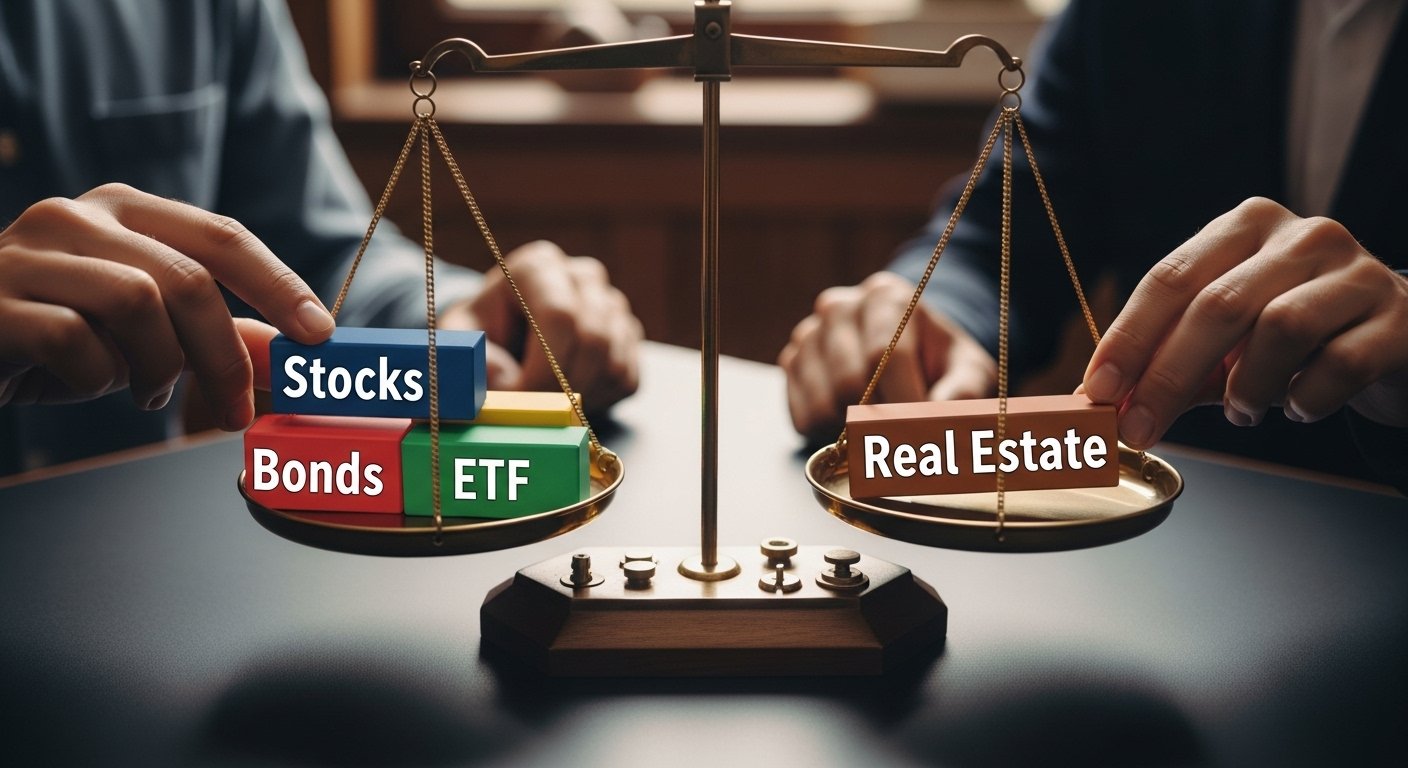Introduction: Why Emotion-Based Investing Doesn’t Work Anymore
In the world of stock investing, many beginners still rely on gut feelings, hot tips from friends, or sudden market trends. But in today’s volatile and algorithm-driven markets, instinct is no longer a reliable strategy.
According to the Financial Industry Regulatory Authority (FINRA), over 60% of new U.S. investors underperform the S&P 500 within their first year, often due to impulsive trades and lack of planning.
If you want to grow your wealth sustainably, you need structure — not emotion. In this guide, we’ll explore how to build a structured stock investment strategy that is data-driven, repeatable, and tailored to long-term success.
1. Start with a Personal Investment Blueprint

Just like you wouldn’t build a house without blueprints, you shouldn’t invest without a clear framework. Every successful portfolio starts with four fundamental components:
- Define Your Investment Goals
Whether you’re saving for a house in 5 years or building a retirement fund in 20, your investment timeline and risk appetite must align. - Allocate Assets Wisely
Decide how much of your capital goes into U.S. stocks, international equities, ETFs, or bonds. A common rule: don’t put all your eggs in one basket. - Choose Your Style
Are you a value investor, a growth chaser, or a dividend income seeker? Pick an approach and stick with it long enough to test its results. - Build a Risk Management Rulebook
Predetermine your stop-loss and take-profit levels. For example, set rules like “sell if stock drops -10%” or “lock gains at +20%.”
These pillars reduce emotional decision-making and provide the consistency every investor needs.
2. Diversification Is Your Defense

According to Vanguard’s 2022 study, diversified portfolios experience 18% less volatility and 12% higher long-term returns compared to concentrated ones.
For example, if your entire portfolio is in high-growth tech stocks, you’re exposed to extreme market swings. But if you include healthcare, utilities, or consumer staples, you spread your risk more evenly.
Examples of diversified portfolio assets:
- U.S. Dividend ETFs (e.g., SCHD, VYM)
- S&P 500 Index Funds (e.g., SPY, VOO)
- International ETFs (e.g., VXUS, VEU)
- Sector ETFs (e.g., XLV for healthcare, XLF for financials)
3. The Power of Long-Term Investing

Day trading might feel exciting, but long-term investing wins in the end.
A 2023 report from Dalbar shows that:
- The average retail investor earned only 6.3% annually
- While the S&P 500 returned 10.0% over the same period
This 3.7% gap stems mostly from poor market timing and emotional trading.
Remember: time in the market beats timing the market.
4. Technical Analysis Should Be Rule-Based

Charts are not crystal balls.
But when used correctly, technical analysis helps identify probability-based entries and exits.
Key tools to include in your structure:
- Moving Averages: Buy on MA crossovers
- RSI & MACD Indicators: Avoid overbought/oversold traps
- Historical Patterns: Repeatable behavior can guide risk management
By relying on data rather than feel, your trades become more consistent.
5. Behavioral Discipline Is Part of the Structure

2025 markets are driven more by emotion than fundamentals — AI hype, biotech rumors, and short squeeze frenzies dominate headlines.
Your biggest enemy? Your own psychology.
To counter this, build psychological safeguards into your structure:
- Use automated limit orders to avoid panic selling
- Cap daily trading sessions to reduce burnout
- Stick to pre-defined max drawdown rules
Discipline doesn’t happen by willpower — it comes from rules.
6. Regular Portfolio Reviews Keep You Grounded

Every structured system needs feedback loops. At least quarterly, evaluate your portfolio:
- Are you overexposed to any sector or stock?
- What’s your real risk-adjusted return?
- Are your trades matching your original plan?
Use tools like Personal Capital or Morningstar Portfolio Manager to track progress.
Conclusion: Build a Repeatable, Reliable Investing System
It’s easy to feel smart after a few lucky trades. But luck doesn’t scale.
Structure does.
If you want consistent returns, lower stress, and better long-term outcomes, you must move away from emotional, reactive investing.
Instead, build your plan, follow your rules, and improve the system over time.
Because in investing, it’s not how often you’re right — it’s how reliably you follow your process that matters.










